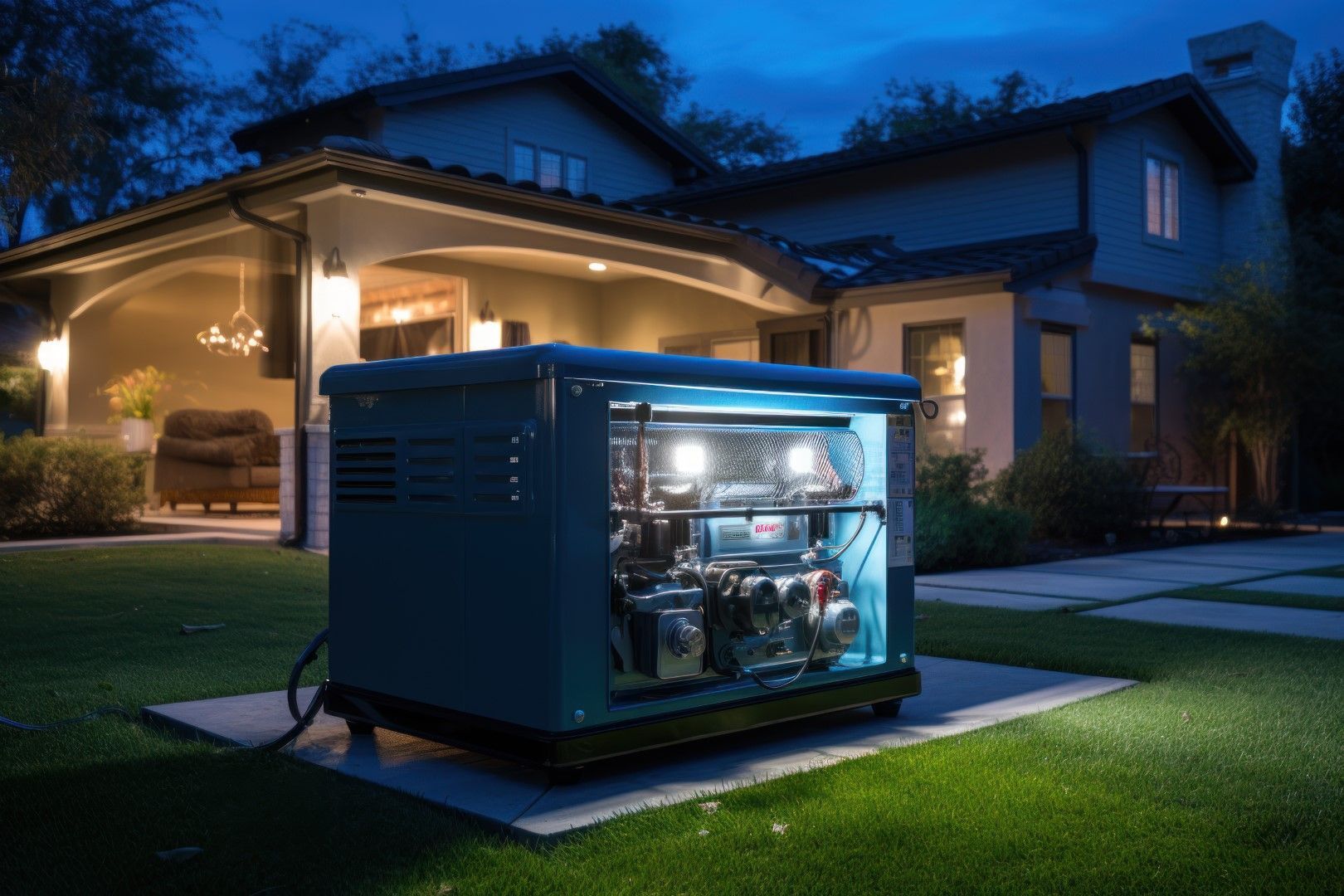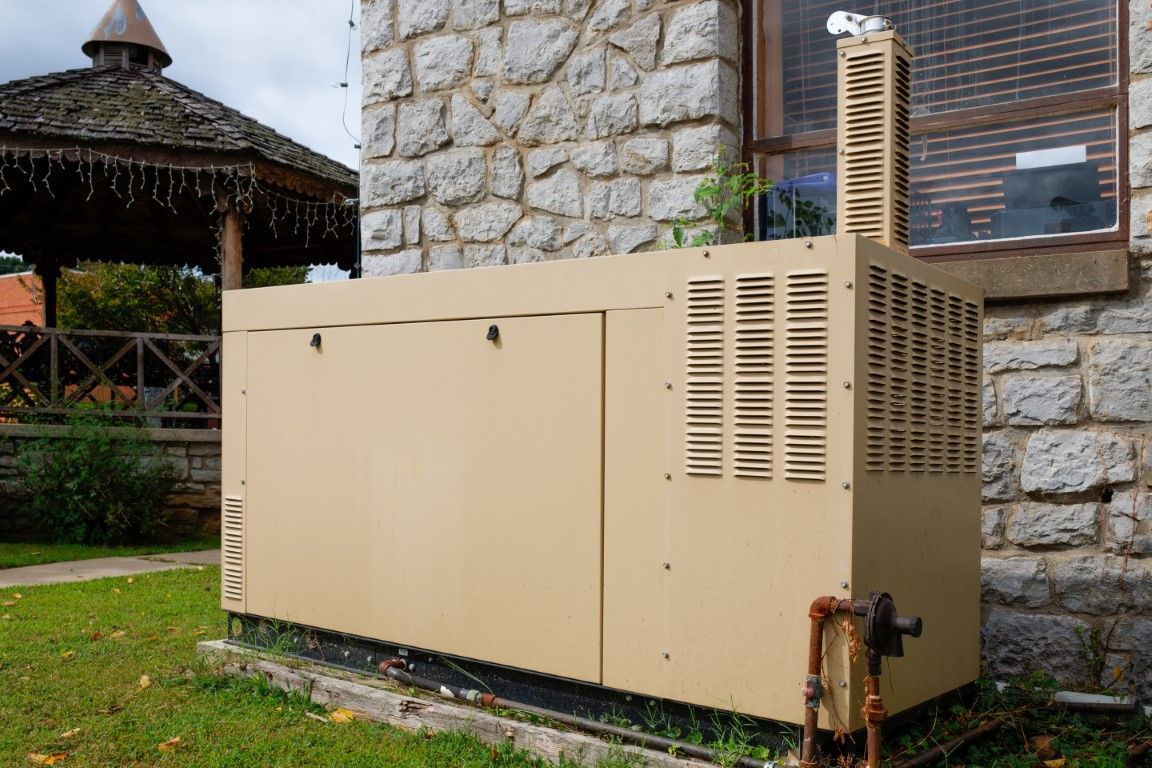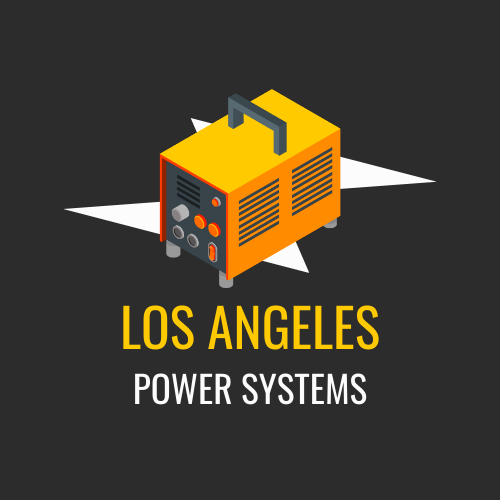Electric Generators in Los Angeles CA
An electric generator is a machine that turns moving energy into electricity. This is important because it gives us the power we need for our homes, businesses, and electronic devices like TVs and computers. Generators come in different sizes, like big ones for businesses and smaller ones you can move around for things like camping.
Why Electric Generators Are Important
Electric generators are super important today. They do lots of jobs, like giving us power when the lights go out, helping to run construction sites, and powering events outside. Big generators help businesses keep working if the power goes out, and portable ones are great for camping and emergencies. Some generators use propane or solar power, which is good for the environment and gives us different ways to make electricity.
Parts of an Electric Generator
An electric generator has two main parts: the stator and the rotor. The stator stays still and holds the wires, while the rotor spins around to make a magnetic field. When the rotor spins, it helps create electricity by making the magnetic field move across the stator.

Types of Electricity Made by Generators
- Generators can make two kinds of electricity: alternating current (AC) and direct current (DC).
- Alternating Current (AC): Most generators make AC, which is the kind of electricity we use in our homes and schools. AC is great because it can go a long way without losing much power, so it's good for powering big areas.
- Direct Current (DC): Some generators make DC, where the electricity flows in just one direction. DC is used in batteries and some special gadgets. For example, solar generators often make DC electricity, but it can be changed to AC if needed.
Understanding how electric generators work and the kinds of electricity they make shows us why they are so important, especially in a big city like Los Angeles, where having power is important.
Electric Generator Maintenance and Safety Considerations
Electric generators are essential tools that help provide power when we need it most, whether during an outage, at a construction site, or for recreational activities like camping. However, to keep your generator running smoothly and safely, it’s important to understand the key aspects of maintenance and safety. In this blog post, we will explore routine maintenance tasks, important safety protocols, and how to troubleshoot common issues with your electric generator.

By following these tips, you can keep your electric generator running smoothly and safely. Regular maintenance, careful handling of fuel, avoiding electrical hazards, ensuring good ventilation, and knowing how to fix common problems will help you get the most out of your generator while keeping everyone safe.
Future Trends in Electric Generators
Electric generators have come a long way, and the future promises even more exciting advancements. As technology evolves, so do the capabilities of generators, making them more efficient, environmentally friendly, and smarter. In this blog post, we’ll explore some of the key future trends in electric generators, including innovations in technology, the rise of renewable energy, and improvements in energy efficiency.

In short, the future of electric generators is looking bright with all these new advancements. Hybrid models bring together traditional and alternative energy sources, smart generators with IoT features offer better monitoring and control, and the use of renewable energy sources is on the rise. Plus, improvements in energy efficiency mean that generators will become more powerful and cost-effective. These trends show that electric generators will keep getting better, smarter, and greener.
